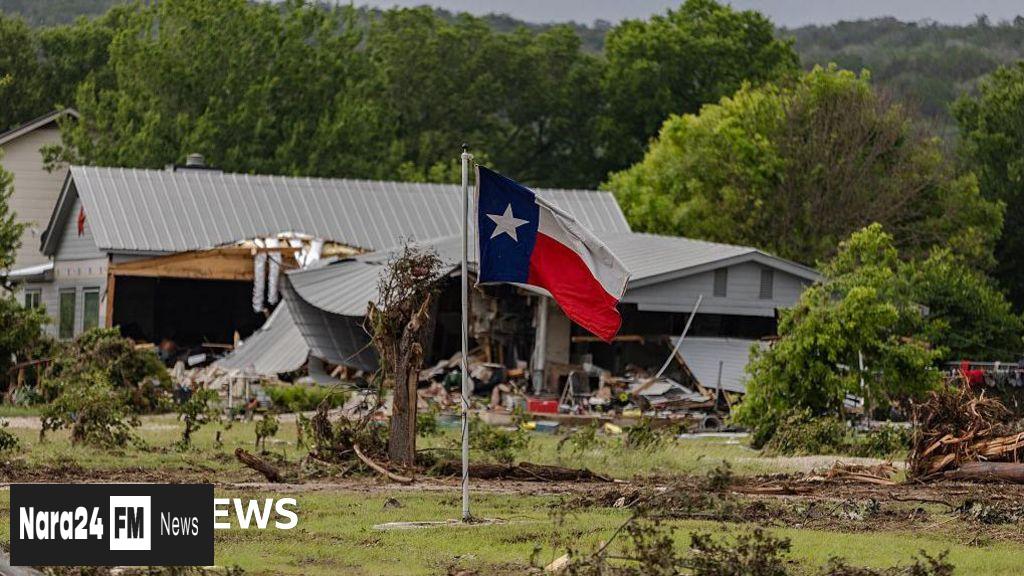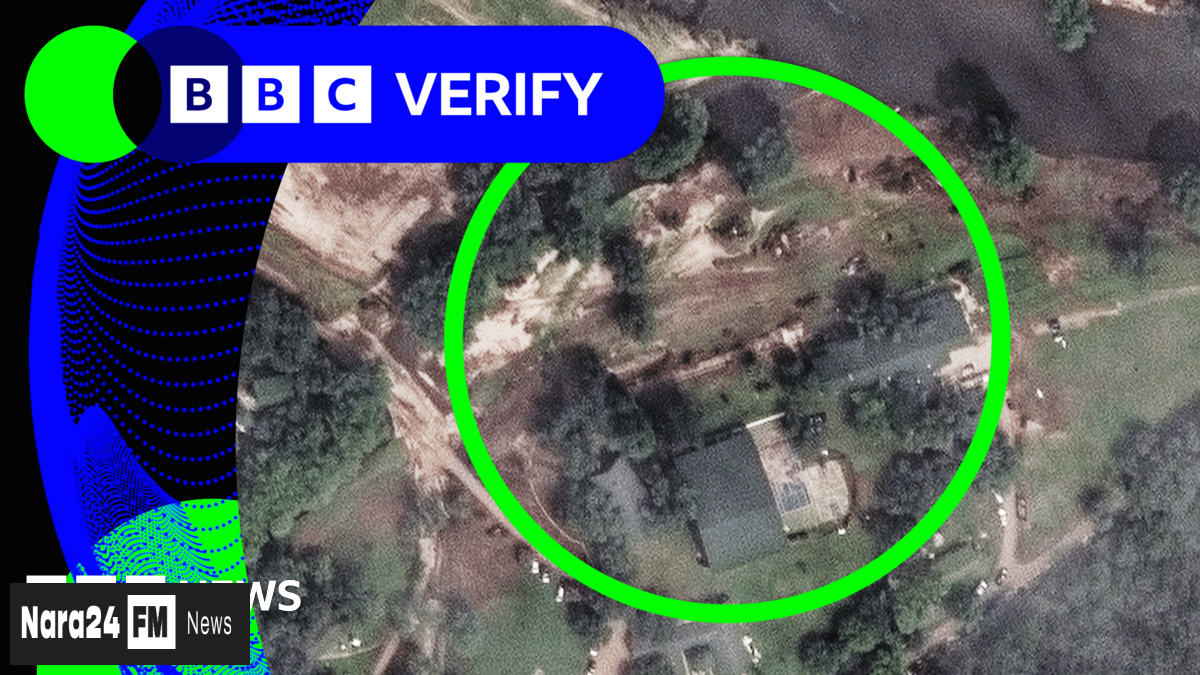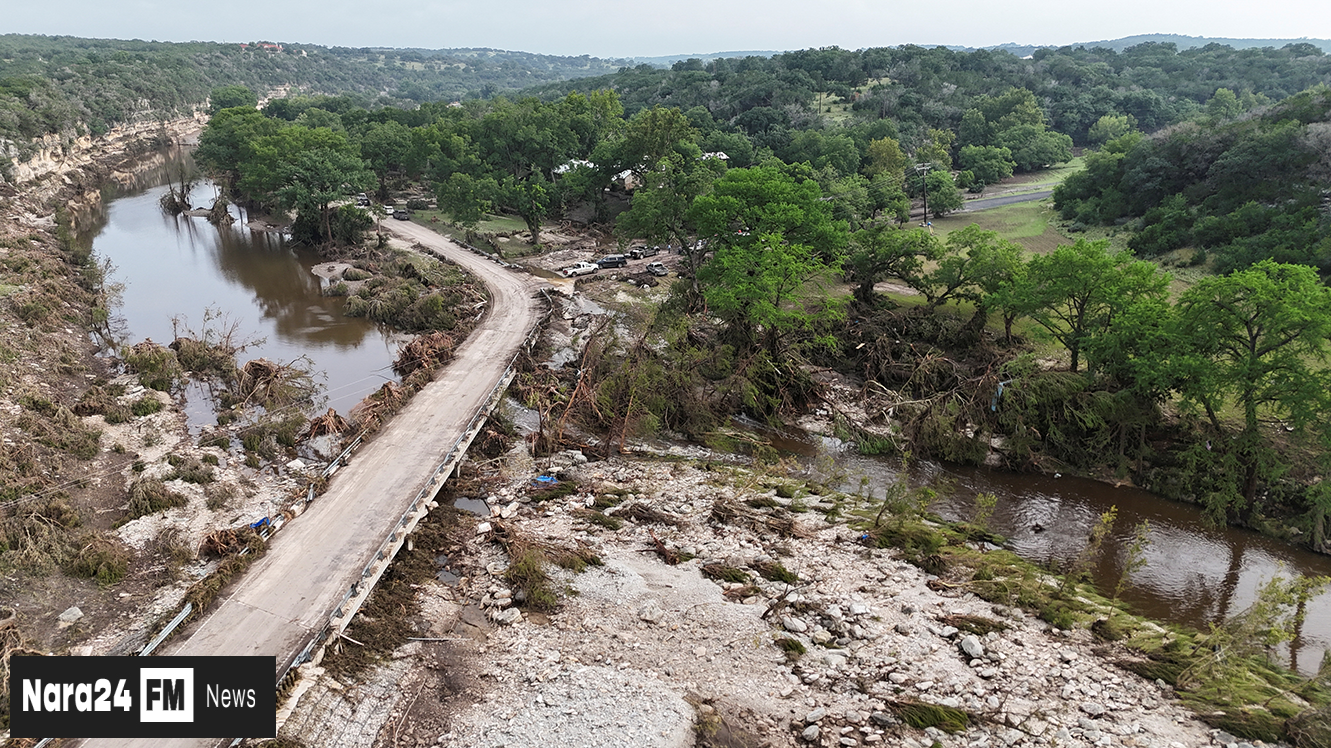In This Article
- Deadly Texas Floods in Kerrville
- Questions Over Emergency Alerts
- Timeline of Events
- Official Response and Rescue Efforts
- Investigation into the Incident
Key Takeaways
- The flash flood in Kerrville, Texas on July 4th resulted in at least 120 deaths in the Texas Hill Country.
- A firefighter requested an alert about rising water in Kerrville at 04:22 local time on July 4th, but Kerr County officials did not issue the alert until six hours later.
- Kerr County officials maintain that they have not rescued anyone alive since the day of the floods.
- President Donald Trump signed a federal disaster declaration for Central Texas, enabling the Federal Emergency Management Agency to deploy to Kerr County.
- The recovery process in Kerrville is described as 'treacherous, time-consuming, and hazardous' due to the mud-soaked debris and water.
The aftermath of the deadly flash floods that hit Kerrville, Texas on July 4th has prompted mounting questions about the timeliness of emergency alerts. In a press conference on Thursday, more than a week after the incident, Kerrville Police Community Services Officer Jonathan Lamb stated, "I don't have any information to that point."
The inquiry comes after a tense exchange at the previous day's press conference, where reporters persistently questioned officials about potential delays in emergency communication. The flood, which occurred after an estimated 100 billion gallons of rain fell in a short span, has claimed at least 120 lives in the Texas Hill Country. Kerr County, home to Kerrville, bore the brunt of the devastation, with 96 confirmed deaths, including 36 children, many of whom were attending a nearby Christian camp.
According to an audio recording obtained by an ABC News affiliate, a firefighter located upstream from Kerrville requested the Kerr County Sheriff's Office to alert nearby residents about the rising water around 04:22 local time on July 4th. However, ABC News reported, Kerr County officials did not issue the alert until nearly six hours later, after hundreds of people had been submerged in floodwater. The first alert from Kerr County's CodeRED system did not arrive until approximately 90 minutes later, the news outlet reported.
Officials were asked during a press conference on Wednesday about any delays in emergency communications. Kerr County Sheriff Larry Leitha stated that he was first notified around the "four to five area," and added that prior to that, "we're in the process of trying to put a timeline." He continued, "That's going to take a little bit of time. That is not my priority this time." He emphasized that his focus was on locating those missing and identifying victims. As of Thursday morning, over 160 people were still listed as missing, including five campers and one counselor from Camp Mystic.
Kerr County officials maintain that they have not rescued anyone alive since the day of the floods. Weather alerts were issued prior to the storm, with the National Weather Service sending several about rain and possible flooding starting on Thursday afternoon, and the Texas Division of Emergency Management (TDEM) activating state resources due to flooding concerns.
Officials have cited factors such as lack of cell phone service, a lack of understanding of the storm's intensity, and public desensitization to such alerts in the flood-prone area, as reasons some did not evacuate. President Donald Trump signed a federal disaster declaration at the request of Texas Governor Greg Abbott, enabling the Federal Emergency Management Agency to deploy to Central Texas and open a disaster recovery center in Kerr County. Rescue efforts included over 2,100 responders on the ground, private helicopters, drones, boats, and cadaver-detecting dogs, who are searching for the missing and the dead buried beneath mounds of mud-soaked debris.
Lt. Colonel Ben Baker of the Texas Parks & Wildlife Department described the recovery process as "treacherous, time-consuming, and hazardous." He stated, "It's extremely treacherous, time-consuming. It's dirty work. It's the water still there. So, we're having to go layer by layer, peeling these off, to make those recoveries."
The question remains as to whether any preventable mistakes were made in the response to the emergency situation, and whether the loss of life could have been minimized with more timely alerts. The investigation into the incident is ongoing.







Comments (0)
Leave a Comment
Be the first to comment on this article!